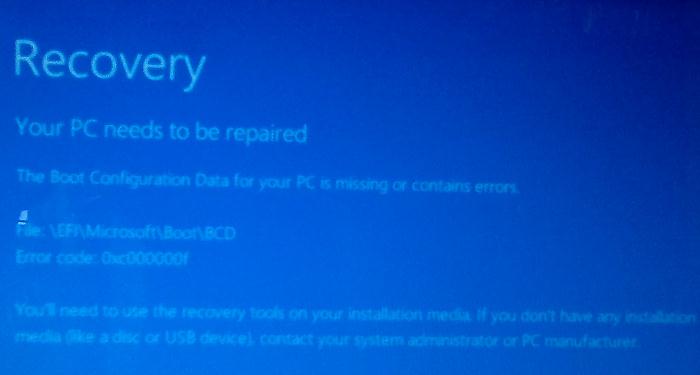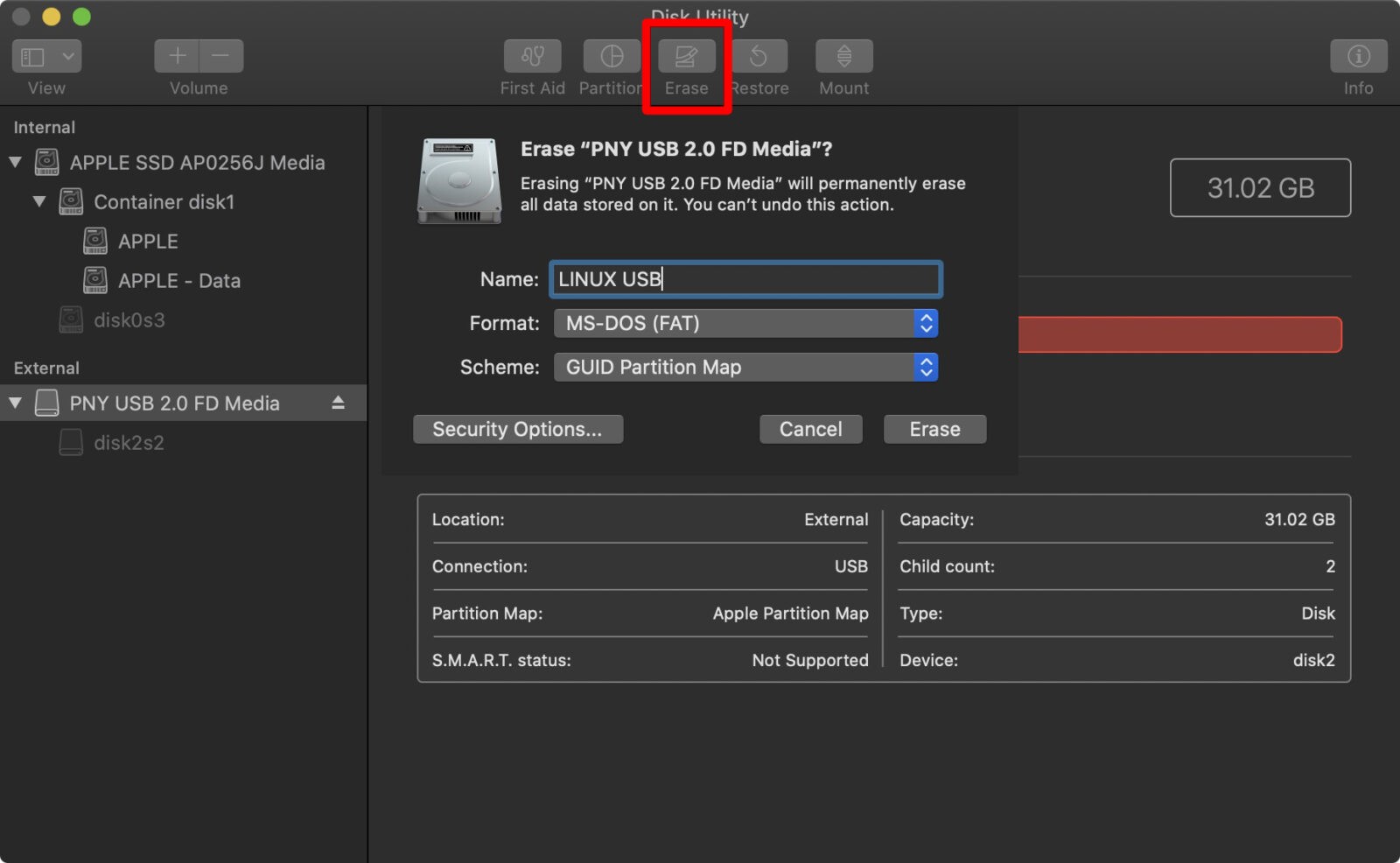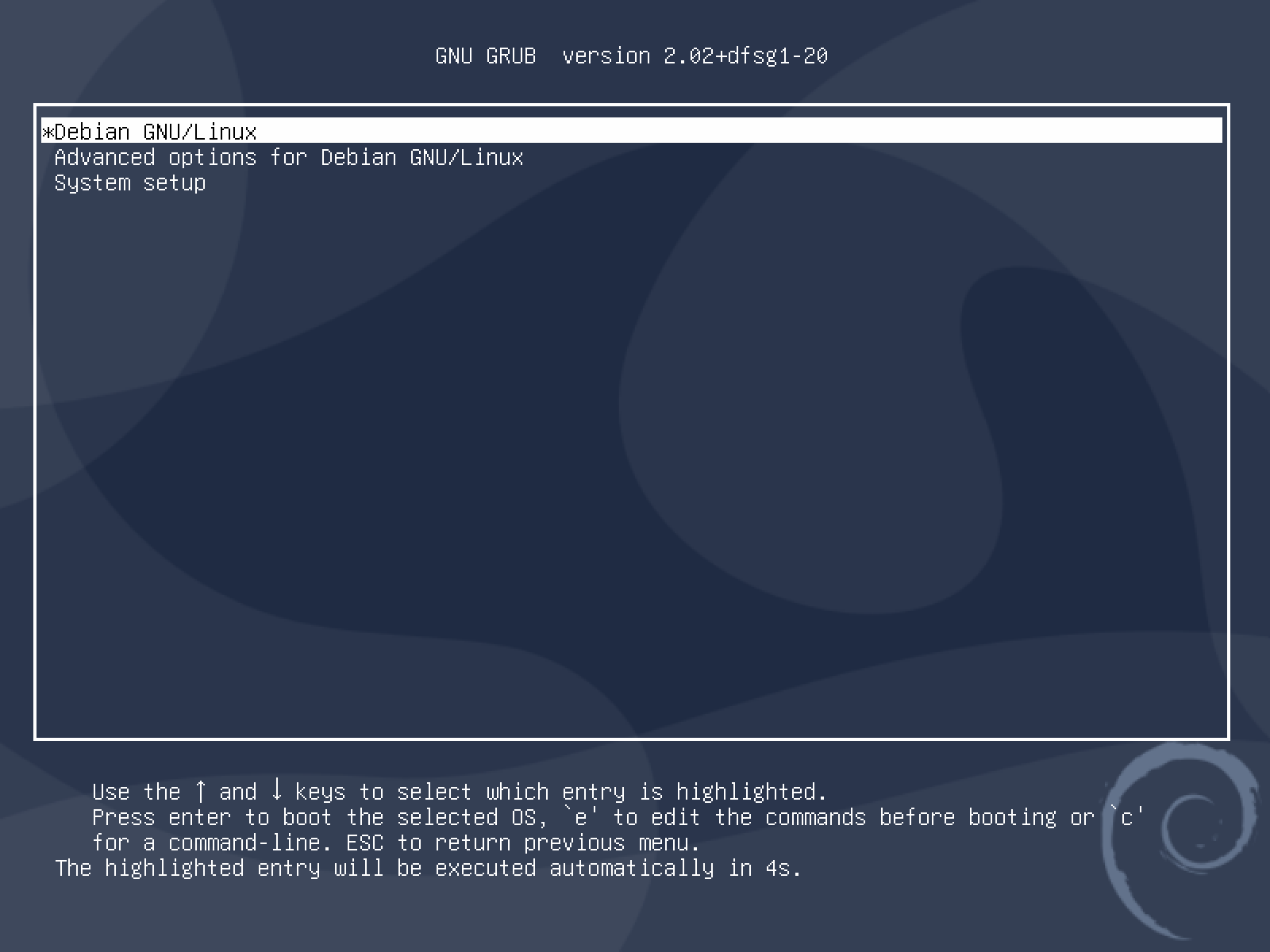
In our case we want to produce a "plain binary file", so we will pass -oformat binary to ld when we run it. The linker is normally used to combine the various libraries and the binary executables from other tools such as compilers or assemblers into one final file. We can use the linker (GNU's linker is called ld) for this step. Usually, the assembler produces an ELF or EXE file that is ready to run but we need one additional step that strips the unwanted additional data in those files.
#Install bootloader on usb zero fat sectors code
Our case is different: We want none of that, just our code in binary for the bios to execute upon boot. These files have a header (read: additional, preceeding bytes) and usually load a few system libraries to access operating system functionality. Well, most of the time developers are probably interested in creating an executable file for the operating system they are targeting, i.e.

Woah, hold on! Our output is already 784 bytes? But we only have 512 bytes for our bootloader! Time to turn our code into some binary by running the GNU assembler ( as) and see what we got: as -o boot.o boot.s Nice, now we even got an infinite loop, because we keep jumping to the label, then jump to the label again. The standard would be _start but I chose init to illustrate that you can call it anything, really. Note You can call your label whatever you wish. Init: # this is the beginning of our binary later. global init # makes our label "init" available to the outside code16 # tell the assembler that we're using 16 bit modeĪh, this is going great! Next up we should give us a starting point for our program and make that available to the linker (more on that in a few moments). Let's create our boot.s file for our assembly sourcecode and tell the GNU assembler that we'll use 16 bits.

#Install bootloader on usb zero fat sectors 64 Bit
It's also worth mentioning that no matter if you have a 32 or 64 bit x86 processor, at boot time the processor will run in the 16 bit real mode, so our program needs to deal with that. Okay, so far we know: We need to create a 512 byte binary file that contains 0x55AA at its end. The assembly code within this article will also be commented, so that you should be able to glance over the code snippets without knowing much about the details of assembly. I will repeat the example in the Intel syntax at the end of the article.įor those of you, who are not familiar with x86 assembly language and/or the GNU assembler, I created this description that explains just enough assembly to get you up to speed for the rest of this article. The article will use the GNU assembler to create the binary executable file from our code and the GNU assembler uses the "AT&T syntax" instead of the pretty widely-spread "Intel syntax". To make our lives a little easier (sic!) and make it all more fun, we will use x86 assembly language for our bootloader. A primer on x86 assembly with the GNU assembler Real bootloaders usually load the actual operating system code into memory, change the CPU into the so-called protected mode and run the actual operating system code. In this article we will write such a piece of code, have it print the text "Hello World!" and then go into an infinite loop. If that's what these last two bytes are, the BIOS moves the 512 bytes to the memory address 0x7c00 and treats whatever was at the beginning of the 512 bytes as code, the so-called bootloader. It does that by reading the first 512 bytes from the boot devices and checks if the last two of these 512 bytes contain a magic number ( 0x55AA). Well, without going into too much detail - after getting the hardware ready and launching the initial BIOS code to read the settings and check the system, the BIOS starts looking at the configured potential boot devices for something to execute. You might have wondered what happens when you press the "power" button on your computer. What happens when your x86 computer starts


Bootloaders are also the very first stage of booting an operating system. This kind of code is called a "bootloader" (or "boot sector") and we're writing a tiny bit of assembly code to make a virtual machine run our code and display "Hello world" for the fun of it. Writing an x86 "Hello world" bootloader with assembly TL DRĪfter booting, the BIOS of the computer reads 512 bytes from the boot devices and, if it detects a two-byte "magic number" at the end of those 512 bytes, loads the data from these 512 bytes as code and runs it.


 0 kommentar(er)
0 kommentar(er)
